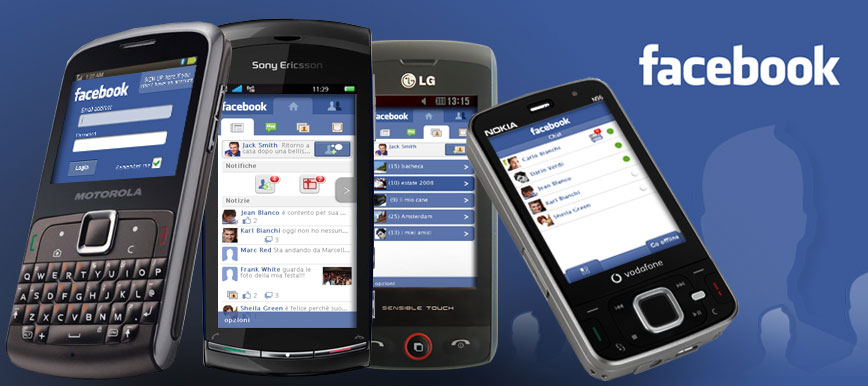Register by Jan 13 to save on passes and connect with marketers from Uber, Bose and more

Facebook, which currently does not display ads to its 420 million mobile users, is preparing to launch brand-focused rich-media ad formats that will extend beyond its desktop properties to mobile, according to agency executives.
Razorfish mobile practice lead Paul Gelb confirmed the agency is currently engaged in pilot programs for “mobile and cross-platform rich-media ads,” and from what he’s seen, he’s “extremely excited” by the potential impact.
It remains unclear on what basis the ads will be sold, but Gelb implied advertisers will be able to reach users across all devices with a single buy. Judging by Facebook’s desktop ad formats, it’s likely they’ll be disseminated across users’ networks as they interact with them.
The units themselves, meanwhile, will offer similar functionalities to other mobile rich-media ad providers such as Medialets and Crisp Media, Gelb suggested. Ads powered by those companies typically feature interactive elements and animations, video content, location-based features and various calls to action such as tap-to-call and tap-to-coupon.
To date, the social network’s mobile applications and websites have not included any advertiser content, which it pointed out in the risk-analysis portion of its IPO filling yesterday, stating it does not currently generate “meaningful revenue” from the channel. It added that over 420 million mobile users now access the site every month.
According to Gelb, Razorfish first met with Facebook over two years ago regarding possible marketer opportunities in mobile, none of which have come to fruition until now.
“There’s a good story Facebook can tell about the potential of its mobile audience, but at the same time you can talk about an issue of them being a little late to market,” he said, suggesting the company could have played a bigger role in bringing brand-advertiser budgets to the mobile channel sooner and capitalized on the opportunity itself in the process.
Delaying its move into mobile could have been a strategic decision, though. Perhaps it decided — as it did with its desktop product — to focus on building and cementing a solid audience before rolling out ads.
“If that’s the case, I think they’re doing the right thing,” said Chia Chen, head of mobile at Digitas. “It makes sense to really hook people, to get them really engaged and make the mobile product an indispensable part of people’s daily lives.”
Either way, it looks like Facebook’s mobile audience-building phase is over, now that it’s pitching major digital agencies with its mobile-compatible products. Razorfish, for example, works with brands including Disney, Intel, and Mercedes-Benz.
According to Facebook’s S1 filing yesterday, it generated $3.15 billion in ad revenue in 2011, up 145 percent from 2010. The addition of mobile ad revenue looks set drive that number even further north in 2012.
Facebook did not respond to requests for comment for this story.
More in Media

Future starts to sharpen its AI search visibility playbook
Future is boosting AI search citations and mentions with a tool called Future Optic, and offering the product to branded content clients.

Digiday’s extensive guide to what’s in and out for creators in 2026
With AI-generated content flooding social media platforms, embracing the messiness and imperfection of being human will help creators stand out in the spreading sea of slapdash slop.

Media Briefing: Here’s what media execs are prioritizing in 2026
Media executives enter 2026 weathered by disruption, but refocused on AI revenue, brand strength and video and creator opportunities.





